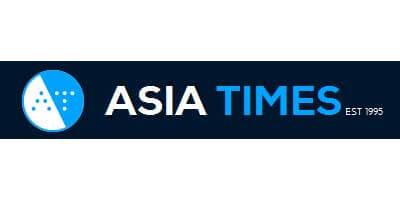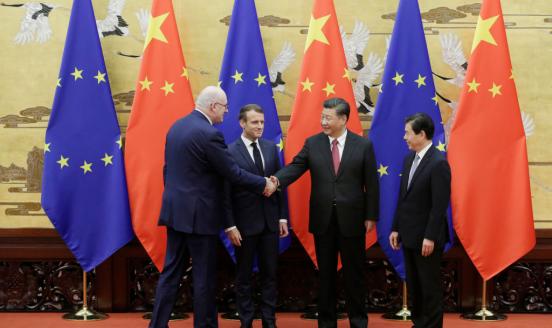The tricky link between the Hong Kong dollar and capital flows
The Hong Kong economy has been hit by a series of shocks, but it should resist taking drastic measures to keep foreign capital in the city.
Hong Kong is a very special financial centre. First, it is highly dependent on Chinese financial intermediaries and corporates. Second, its currency is pegged to the US dollar through one of the tightest monetary arrangements, namely a currency board.
Furthermore, Hong Kong’s economic cycle is mainly linked to mainland China but with both the Hong Kong dollar and interest rates governing the use of the currency following the US Federal Reserve. This means that as long as Hong Kong’s economy is doing well, the value of the HKD (that is, the US dollar under the peg) and the level of interest rates are not too much of a problem. If anything, a booming economy fed by capital inflows may lead to rapid increases in asset prices and generate bubbles, as was the case in 2017 with a a weak US dollar and stubbornly low Fed rates.
During that period Hong Kong’s stock and real-estate markets boomed until the negative global sentiment clouded them over. And now, during the US-China trade war, the Hong Kong economy has also begun to suffer and is as powerless as always to control both the value of the HKD and interest rates within the currency board arrangement.
At the current juncture, several shocks have hit the Hong Kong economy simultaneously from the trade war to China’s decelerating growth, and more recently, prolonged social unrest. It is coincidental, but clearly welcome, that the Fed has been easing, but this cannot ensure capital will remain in Hong Kong.
In fact, Hong Kong has experienced large capital inflows and excess liquidity for years but the tide seems to be turning. The heightened uncertainty about Hong Kong’s future as an offshore centre is obviously not helping.
HKD liquidity has been coming down but is still far from the point of concern. Still, the previously very low cost of funding in HKD, which is well below the USD, has recently shot up, pointing to the worsening liquidity conditions in the city. What is also very clear is that if capital outflows become pervasive, they will need to be accompanied by a much higher cost of funding and, thereby, more pain for the Hong Kong economy at a time when confidence is plummeting and a recession looks close to unavoidable.
This is obviously not the first time that Hong Kong has found itself in a similar situation. In fact, after a number of Asian currencies devalued in 1997, the HKD – under the same currency board as today – was put to the test of large capital outflows. At that time, the peg was saved but the economy had to withstand a sharp increase in the cost of funding, a rapid reduction in real-estate prices and a big recession.
Today, the social conditions in Hong Kong make a drastic economic adjustment even more difficult. In addition, the size of Hong Kong’s financial assets is now much bigger. Bank assets alone are nine times Hong Kong’s gross domestic product, and the stock market 13 times GDP. The huge increase in financial assets over the past few years means that the amount of capital parked in Hong Kong is huge but could also leave at lightning speed given the totally open capital account. Therefore, it seems wise to increase vigilance on the flow of capital in and out of Hong Kong.
As for the Hong Kong government, measures to restore confidence and entice investors to keep their liquidity in the city are also extremely important. This should, of course, never imply forcing capital to stay, through the introduction of capital controls. However, the government could think of market-friendly measures to entice inflows. A general one would be a fiscal stimulus, but also targeted measures to attract foreign direct investments or even portfolio investment.
All in all, for a big financial centre like Hong Kong that is tied to a currency board, boosting confidence and taking measures to attract capital inflows are always better than scaring investors and provoking outflows through controls.




